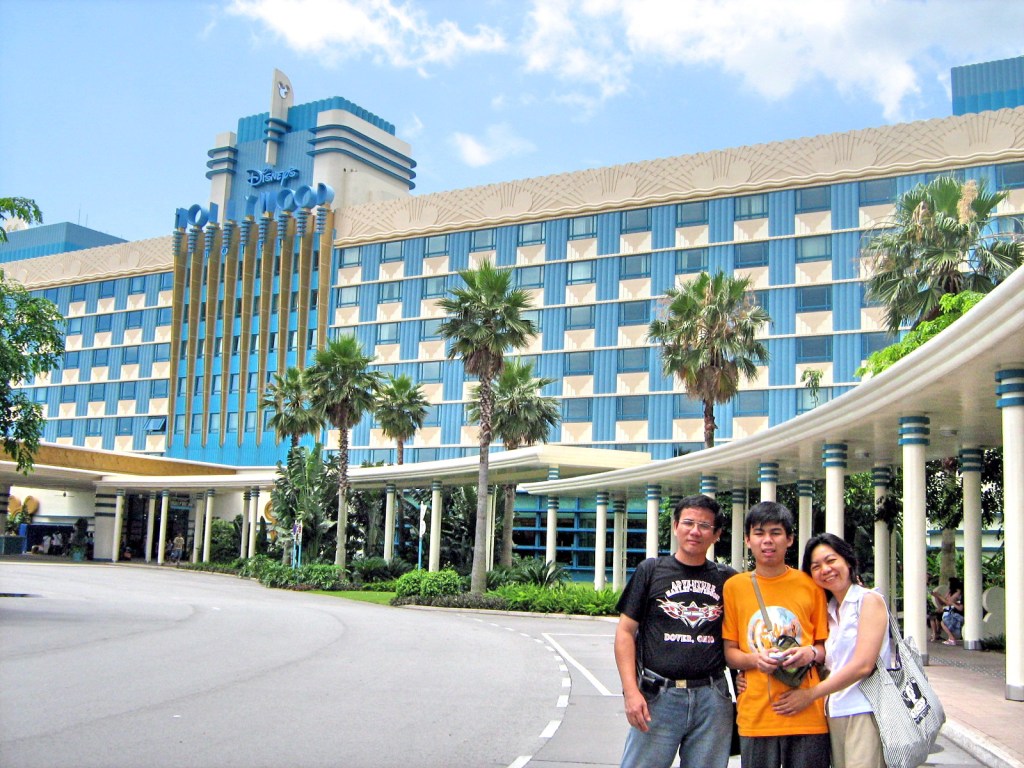The next day, after another breakfast at MacDonald’s along Nathan Rd., we checked out of Kimberley Hotel and were all picked up by airconditioned coach for the early morning, 1.5-hour drive to the 600-room Hollywood Hotel, one of two hotels at Hong Kong Disneyland (the other is the Hong Kong Disneyland Hotel), where we were to stay overnight. We got 2 adjoining rooms (3737 and 3738).
The hotel was designed with an Art Deco exterior that features design motifs incorporating Disney’s world-famous mouse. Its 21 acre, landscaped gardens appears like a map of Los Angeles and features details such as the famous Hollywood sign and vintage Californian cars. We also availed of the complimentary shuttle service between the hotel and Hong Kong Disneyland.
Check out “Hotel and Inn Review: Hollywood Hotel“
Disney’s Hollywood Hotel: Hong Kong Disneyland, Lantau Island, Hong Kong. Tel: +852 3510-5000. Fax: +852 3510-5333.






























